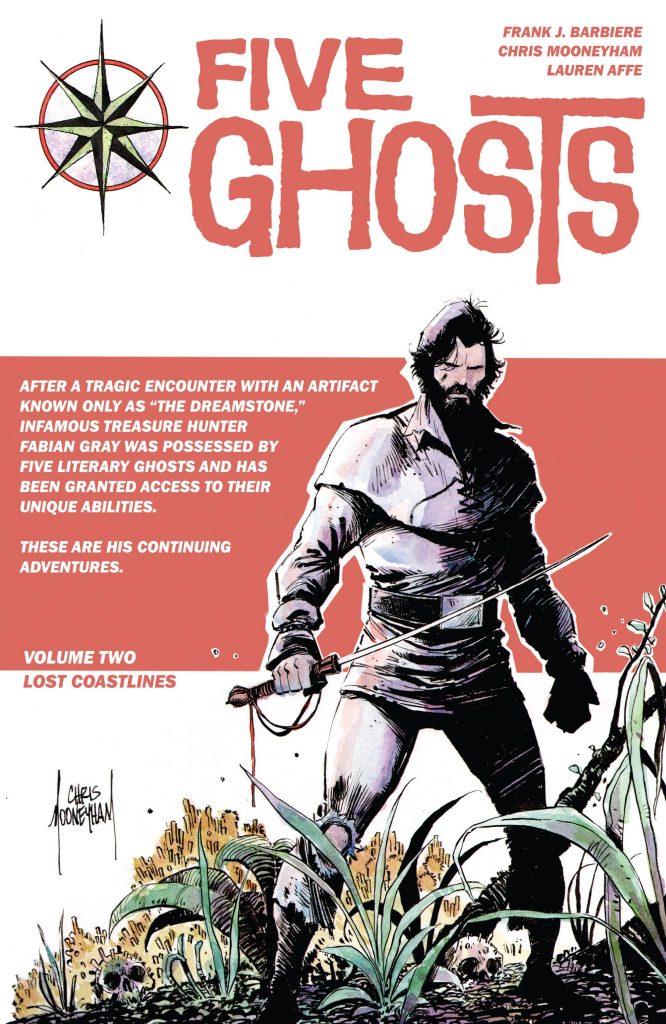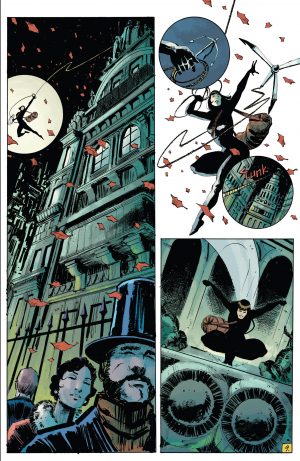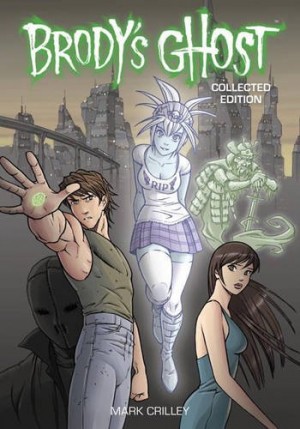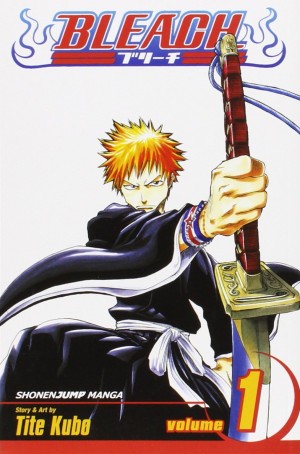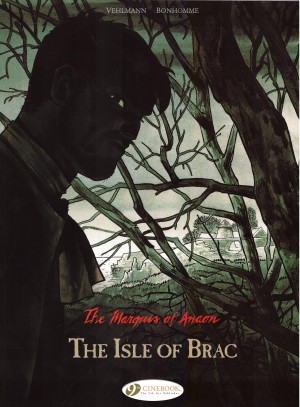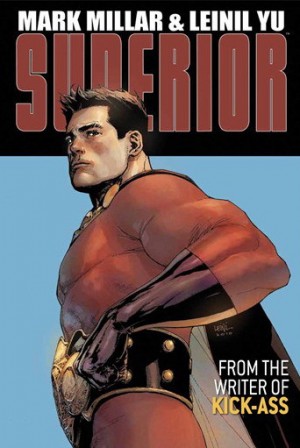Review by Frank Plowright
As explained in The Haunting of Fabian Gray, the titular 1930s adventurer is possessed by five ghosts of famous out of copyright literary characters, so is able, on occasion, to call on the deductive abilities of Sherlock Holmes, or the skills of a master samurai. He also has a purpose, to gather the world’s supply of dreamstone, a dangerous substance able to shape reality, and he has a purpose for that. Some dreamstone is seemingly located on a lost island, and that becomes the graphic novel’s primary quest.
Because the utter convenience of the characters Gray can call on isn’t as important to Lost Coastlines it eradicates the nagging logical questions that accompanied reading the first volume, and without them Frank J. Barbiere’s pulp adventure is a more palatable read. In places he fails to move the plot on quickly enough while still explaining what’s necessary, but in others he’s well ahead of the game. The technique of a hovering spectral presences above Gray instantly identifies which person’s abilities he’s channelling in any particular scene is one example.
Chris Mooneyham’s art has improved from the first volume, probably from the discipline of producing regular work. He’s retained the looseness to his figures, but they now have a greater weight to them, if the anatomy occasionally goes a little off beam, and he’s improved on an already notable talent for location and scenery. The memorable spread of Gray on a raft at sea during a storm is one the Mooneyham of the previous volume wouldn’t have pulled off effectively. He’s also greatly helped by the sympathetic colouring of Lauren Affe, who separates past from narrative present day via an attractive sepia shade, giving these pages the look of old parchment. The opening tale is set in 1930s Japan and illustrated by Garry Brown, whose work matches the mood of the series, and displays the occasional eye for a great design.
There’s a simplicity to Five Ghosts, which never really moves beyond the surface when it comes to characterisation despite the deep emotional waters in play, but it now works, whereas previously it didn’t. Many people are far more enthusiastic about the series, and perhaps for them this content is best found united with that of the first volume in a hardcover Deluxe Edition. The series continues in Monsters and Men.
